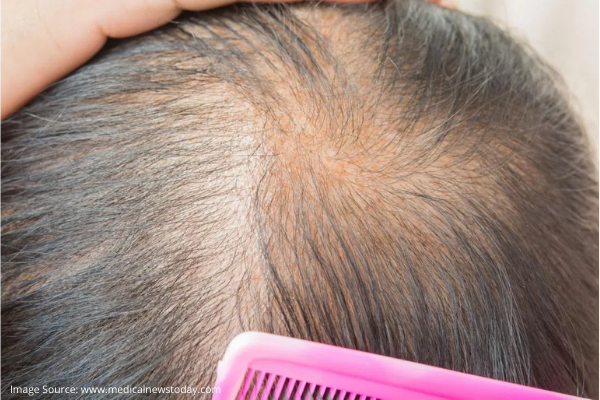

MANAGING HAIR LOSS WITH HAIR TRANSPLANT

Hair is, no doubt, our crowning glory. It goes without saying that a groomed head of hair can make a difference to our appearance. However, not all of us are blessed with healthy hair. Hair loss is a common, and growing, concern among men and women. It can be a cause of distress among many.
On a normal day, the average adult can lose between 50-100 strands. However, if you notice drastic thinning or patches of hair falling off, you might be suffering from a more pronounced hair loss condition.
Hair loss is attributed to a number of reasons. Diet, stress, illness, medication, certain medical conditions, pregnancy or childbirth, etc. are the more common causes of hair loss. And in most of these cases, hair loss is easily treatable or can be arrested.
Genetics is a major cause, for permanent hair loss or baldness. There are medications that are used to treat permanent hair loss, are to an extent effective. Hair growth may not be experienced by many, but in most cases, hair fall can be reduced. However, results may not be maintained upon stopping the medication.
Hair transplantation
Hair loss can also be managed by procedures such a hair transplantation. Such hair replacement procedures can be chosen based on the type of hair loss experience by the patient and by their requirement. Hair transplantation are of various types — micro grafting, slit grafting, punch grafting.
Hair transplantation is usually recommended for:
1. Men experiencing male-pattern baldness
2. Women experiencing female-pattern baldness
3. People who have lost hair due to burns or wounds to their scalp.
Hair transplantation is a minimally invasive surgical procedure. It involves transplanting hair follicles from a ‘donor site’ to a ‘recipient site’ on the individual.
We have two types of hair follicles or roots. Sensitive or temporary roots at the top and front of the head are more susceptible to hair loss; non-sensitive or permanent roots at the sides and back of the head are more resistant. Since hair follicles at the back of the head are not susceptible to balding, grafts are taken from this region, also called the occipital scalp.
Hair transplant procedures are of 2 types: Follicular Unit Strip Surgery (FUSS) and Follicular Unit Extraction (FUE). With FUSS, a strip of scalp with follicles will be used. With FUE, hair follicles are removed one by one, to be used at the recipient site. Your doctor will recommend what works for you.
How it works
Hair grafts from the donor site are ‘planted’ onto the area that has been targeted as recipient site. In 2-3 weeks, the transplanted hair will fall out and new hair will begin to develop. In a few months, new hair growth can be noticed. It can take around 6-9 months.
Scalp hair naturally grows in follicular units. So, when new hair is seen it will blend with the surrounding follicular units and give the transplanted patch a natural look and a subtle thickening in the presence of hair in that area.
Scalp reduction, another surgical procedure used in hair loss management, may sometimes be used singularly or in combination with hair transplantation. It can reduce the area of bald patches. By this procedure, a patch of bald scalp is removed and scalp with hair is stretched to cover the removed area.
What to expect after transplantation
After the transplantation, the scalp will be covered in gauze and/or bandage. Stitches will be put in where necessary and will be taken out in around 10 days. Medications, including antibiotics might be prescribed. Side effects such as swelling, bruising, lack of sensation at the donor and recipient sites, etc. can be expected for a few weeks after the procedure. Several sessions may be required to achieve the desired effect. A duration of 2-4 four months may be suggested as a period for recuperation and recovery.
Consult with your doctor
Meet with your doctor to discuss your hair loss management needs. You doctor can recommend the best course of treatment for you, as treatment can depend on hair loss type, quality and type of hair and your general health.














